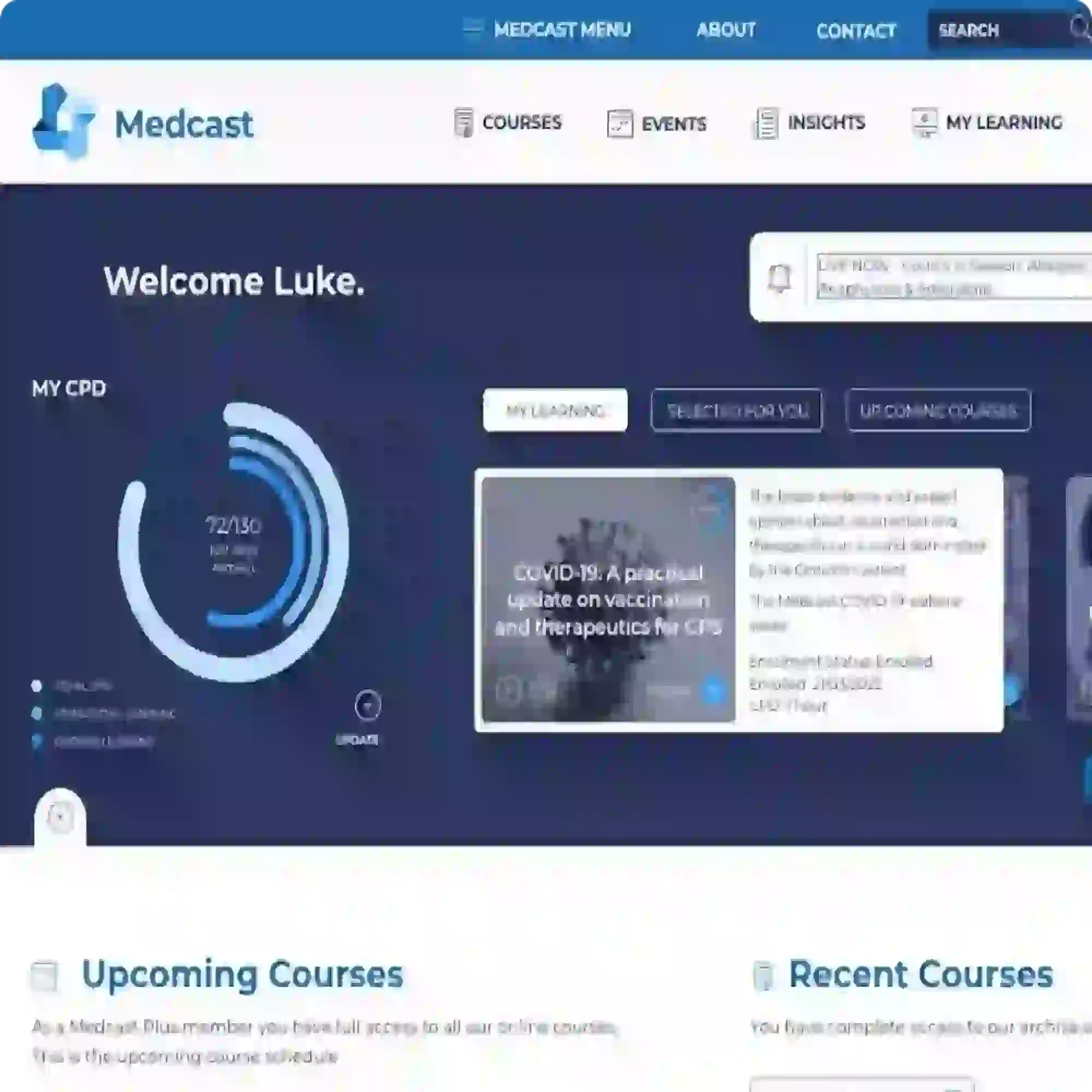Medcast news and blog
Acute Kidney Injury (AKI) - Clinical Opal
We explore the case of Edward, a patient with acute kidney injury (AKI), focusing on renal protection strategies. It explores fluid management, blood pressure control, nephrotoxic drug adjustments, and electrolyte monitoring. Treatment considerations include vasoactive medications, dialysis options like CRRT, and medication dosing to support renal recovery and prevent complications.
READ ON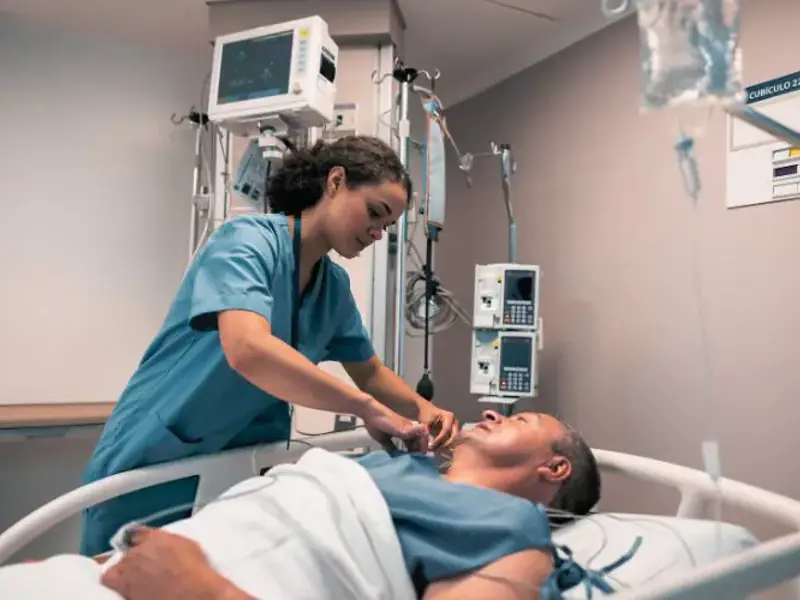
Admission of an unstable patient into the ICU requires a smooth transition of care with all team members pitching together to balance critical assessments, with immediate interventions to stabilise the patient. Do you understand your role?
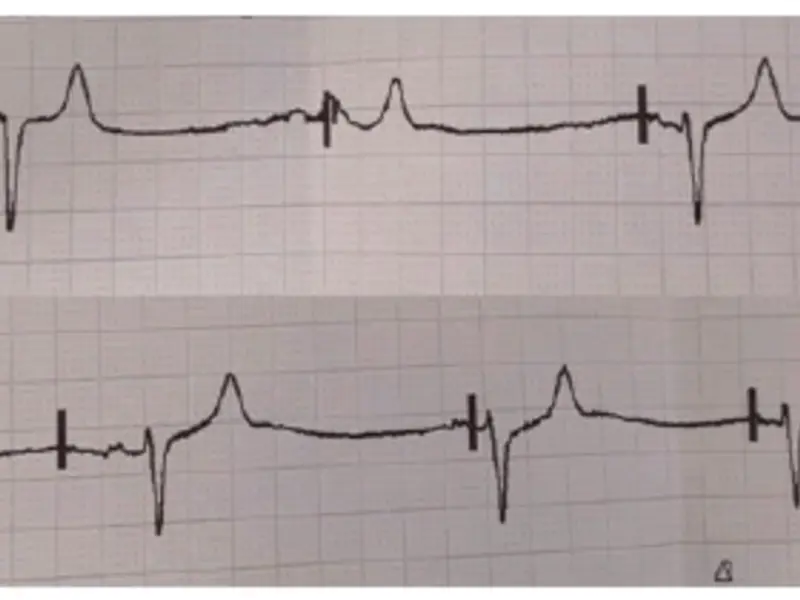
Wayne is a 68-year-old post-CABG patient with third-degree heart block on temporary epicardial pacing who suddenly experiences a bradycardia and hypotension.
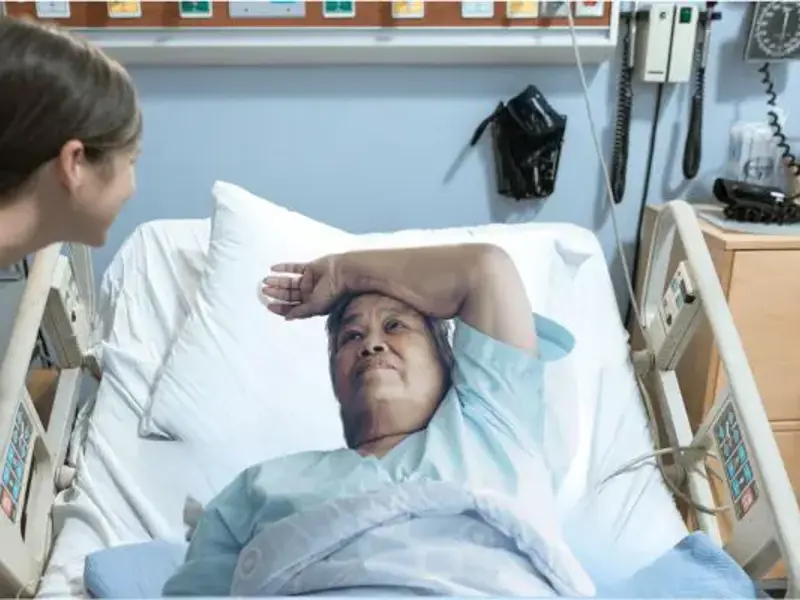
67-year-old Ling, recently relocated from China, was admitted to the stroke unit post-thrombolysis for an ischaemic stroke. When should early stroke rehabilitation begin and what should this entail?
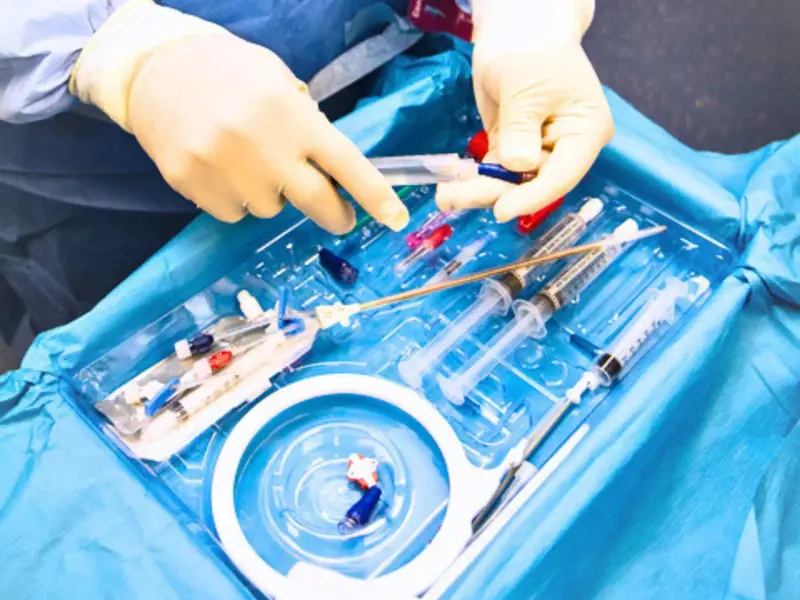
Antiseptic Non-Touch Technique (ANTT®) plays a critical role in managing Central Venous Access Devices (CVADs) to prevent infections. While both standard and surgical ANTT approaches aim to maintain asepsis during procedures, they differ significantly in their application and outcomes. Understanding these distinctions ensures healthcare providers optimise infection control and patient safety in wound care and CVAD management.

The complexity of clinical communication necessitates a shift in resuscitation training. We should challenge terms like "soft skills" and "non-technical skills," and instead refer to them as essential resuscitation skills. A holistic approach that highlights the interconnectedness of these skills is vital for achieving optimal patient outcomes.

Head injuries in children are common in Australian general practice and emergency departments, ranging from minor to life-threatening. The PREDICT Guideline offers evidence-based support for managing these injuries, providing a clear algorithm for triage, imaging, and follow-up.

Following 10 minutes of CPR and two shocks for VT, Nadia shows signs of life. After the third rhythm check, with respiratory effort noted, the defib was disarmed using the COACHED sequence. What is the next step in determining the plan of care for Nadia?
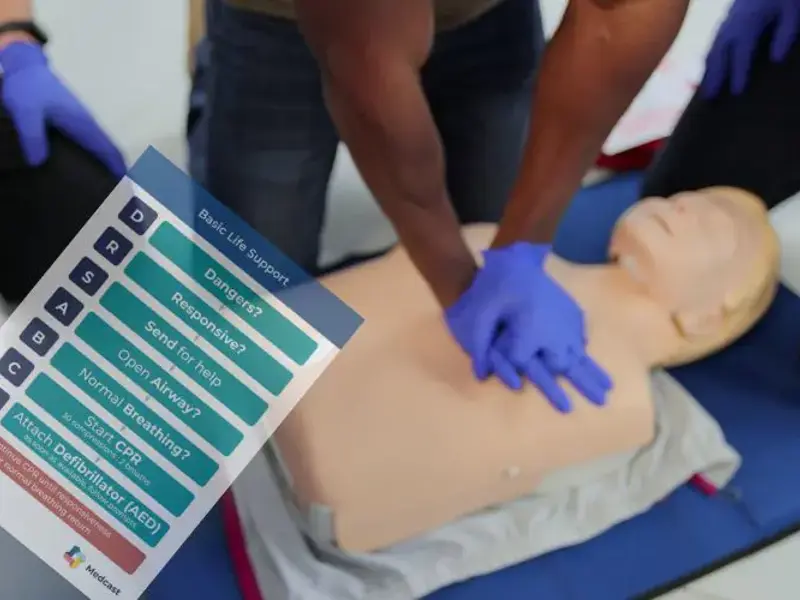
Successful resuscitation attempts rely on the optimisation of cerebral and coronary perfusion. For this to occur it is important to work like a NASCAR pit crew and deliver high performance CPR.
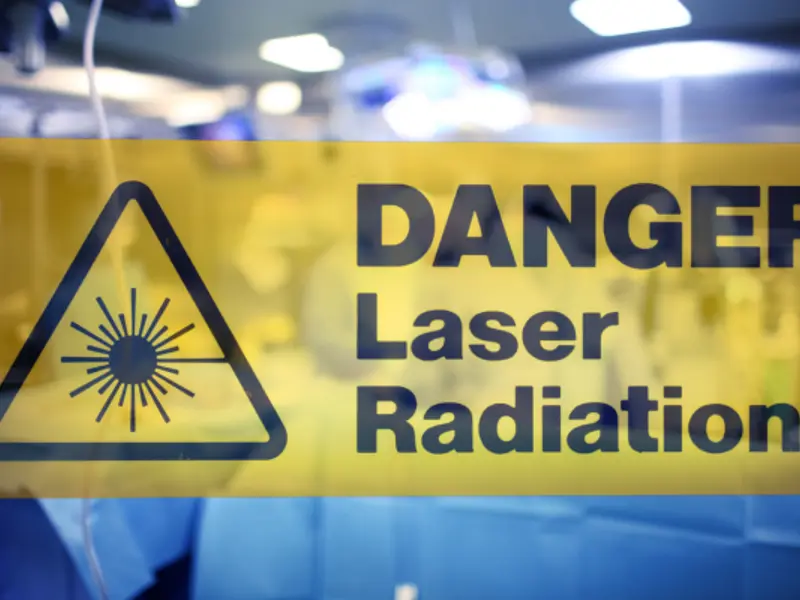
Laser safety in operating theatres is crucial for staff and patient protection. Implementing training, protective eyewear, safety protocols, and controlled access ensures effective surgical procedures and minimises risks like tissue damage. Prioritising these measures enhances overall procedural safety and effectiveness.
